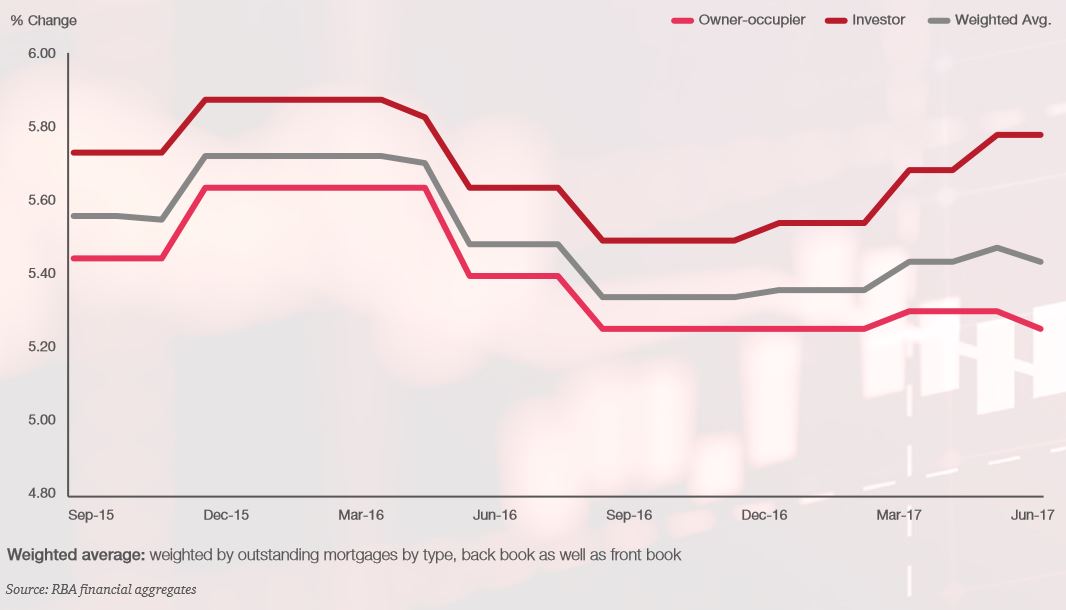Movements in the types of loan originations within the banking industry may lead to future financial difficulties for lenders.
This is the prediction of analysts from PwC who have recently released their Major Bank Analysis on the June quarter this year. In the report, they say that regulatory pressures may result in decreases in the banks’ overall net interest margin (NIM).
“As future origination begins to skew more towards owner-occupiers and principal and interest (P&I) borrowers who will be offered lower rates, we expect that in the absence of another catalyst for repricing, mortgages may shift from tailwind to headwind on overall NIM.”

In the June quarter, margins were flat overall, the analysts said after looking at bank disclosures around revenue growth and monthly gross loans & acceptances (GLAs).
“These were supported by the substantial repricing of investor and interest-only home loans over the first half of 2017. However, one would have to expect further repricing of this nature particularly on back books to be unlikely given scrutiny over mortgage pricing decisions.”
While balance sheet growth remains positive for the banks, the environment is increasingly complex thanks to a moderation in mortgage growth and a slowdown in investment lending.
However, mortgage growth remains the dominant driver behind balance sheet growth with only early signs that business credit is picking up, analysts said.
They concluded, saying that the banks have a number of tools at their disposal to prepare for the upcoming economic environment.
“Stress testing of risk management frameworks has evolved considerably in recent years but has yet to be holistically tested. Prioritisation and acceleration of investments under consideration or underway may enable a shift in the enterprise risk profile to something more appropriate to future conditions.”
Other opportunities for change include within mortgage origination, cybersecurity, artificial intelligence and identity management, the analysts said.
“Finally, scrutiny of the balance sheet after several years of restructuring may reveal opportunities to take additional risk off the table and the ability to reposition when conditions change.”
Related stories:
Competitive concerns behind risky lending: RBA
Housing affordability down once more
Investment lending plateaus for banks



